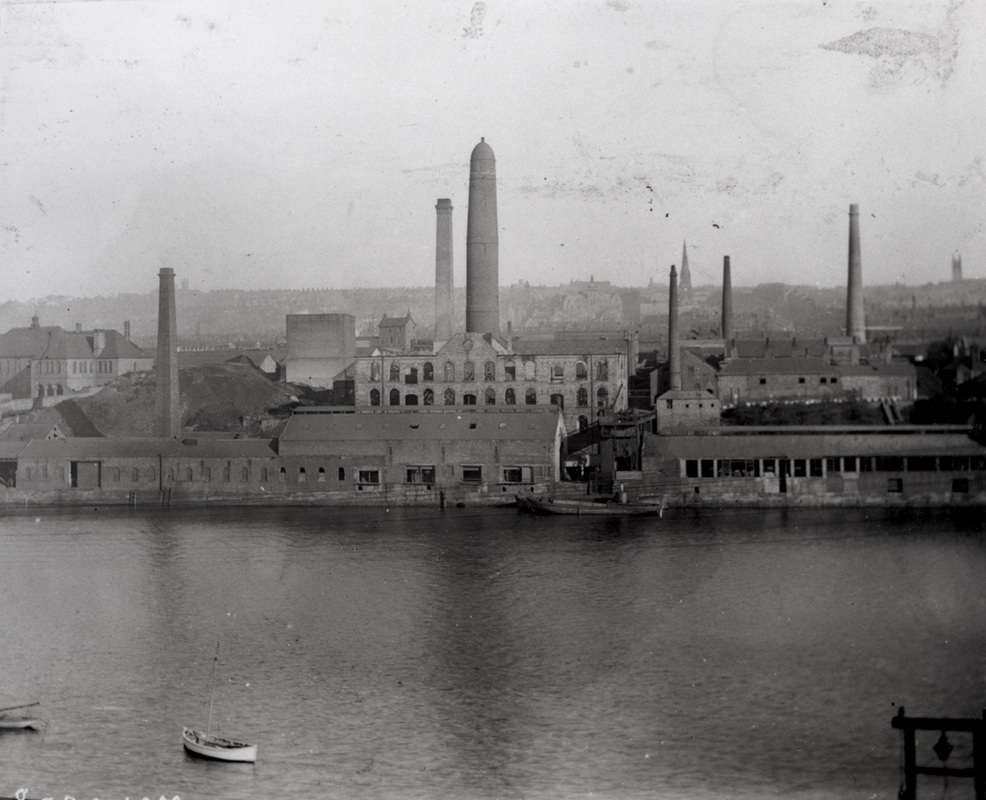The mission was open from 5am-10pm daily, offering everything from first aid to a postal stop for letters from fishermen’s homes. The mission had a particularly important role in wartime. In the First World War, many fishermen served in the trawler section of the Royal Naval Reserve and a large number of boats and men were lost.
In the early 19th Century up to 500 boats could be berthed in North Shields harbour, including North Sea fishing fleets from Scotland, Russia and Iceland.
In 1953 the Mission moved into new headquarters on the quay which had accommodation for sick or stranded fishermen, cafe, showers, rest room and chapel. This building is now an Italian restaurant.
But as the fishing industry shrank in scale, the Mission moved out more than three years ago to its current, smaller premises (shown above), close to the Fish Quay’s historic Low Light. It still exercises an important spititual and practical role in the life of local and visiting fishermen, the Merchant Navy and even private yachts. The services provided include a meal, new clothes, money to telephone home, a bed for the night, breakfast and transport home.
Fishing remains a dangerous occupation. Each month in the United Kingdom an average of 3 fishing vessels are lost and 9 men are killed or seriously injured to the extent that they can no longer earn their living.
We were shown around the Mission building and Fish Quay by retired fish wholesaler Alex Hastie MBE, who has been associated with the Fish Quay for more than 50 years and was previously Chairman of the Local Advisory Committee, Royal National Mission to Deep Sea Fishermen at North Shields.
Information from Tomorrow's History and The Journal Live (29 May 2010).
From 1225 the Prior of Tynemouth had attempted to create a fishing port to provide fish for his religious house. To this end 27 rudimentary houses were erected beside the river at the mouth of the Pow Burn. Wooden quays were attached to these shielings (the origin of the place-name, 'Shields') to provide moorings for fishing boats and a place where fish could be sold. The quays were also used by the Prior to ship coal from the priory pits at Tynemouth.
The present Fish Quay was built at a cost of £81,000 in 1866 on the site of Dodgin's Shipyard, and by the beginning of the 20th century was landing and processing roughly 14,000 tonnes of fish a year. Herring was particularly important. It was extended in both directions towards the end of the 19th century. A new gutting and storage facility with refrigeration units, and a flake ice maker, was built at the east end of the quay in the 1990s.
Information from SINE and SiteLines.
There is lots more information about North Shields and its Fish Quay on Tyne Lives.






































 RSS Feed
RSS Feed
